|
The Red-billed Toucan or White-throated Toucan is also a frequently seen bird in Kabalebo. Diurnal animals (active during the day) that are either spotted individually, in pairs or in small groups.
Their diet: fruits (papaja/mango), berries (podosiri/kumbu), insects, nestlings, frogs and lizards. I have witnessed countless times how tanagers or flycatchers bravely tried to chase them away from their chicks. Red-billed Toucans are arboreal birds that are also agile and noisy birds. During the mornings and late afternoons they 'treat' you with their 'serenade' call. A call that I can best describe as a puppy calling, stuck high up in a tree. I was able to record their 'serenade' call. Enjoy! Silver-beaked tanagers are one of the easy recognizable birds in Kabalebo. Noisy dominant birds who will start the day excitingly and end it the same way. As they aren't shy to be near humans, they feast on most of the fruits closeby or enjoy their meal on their own buffet. For the silver-beaked tanager, food isn't scarce as they can live from rice, bread, fruit, nectar and insects. Since they are present all year long, finding a nest isn't very difficult at all. On October 20, 2014 I discovered one of their nest while watering the plants of the lodge. It was well-hidden between the leaves. The nest was well-built (coconut dry leaves, dry grass, moss and cotton) Inside the nest I spotted 2 blue eggs covered with dark spots. Only the female was spotted in or near the nest. The Silver-beaked tanager built her nest close to the lodge, about 1 minute walk, so I could check on her any time of the day. October 22, 2014: there were still 2 eggs inside the nest. The female was out, probably on a break. During the night we had a heavy rainfall. October 23, 2014: great news …. both eggs had hatched. The mother was nowhere to be found, she was probably looking for food for her chicks. I had a quick peek as one opened it's beak to be fed. Thought that it's mom returned. October 26 - October 29, 2014: gradually both chicks started to grow into beautiful healthy little birds. With an abundance of food supply nearby, neither the mother nor her chicks were starving. November 11, 2014: another great news to announce …. both chicks flew out, leaving another empty nest behind.
For years the Grey-lined Hawk (Asturina nitida) has been 'terrorizing' the airstrip area of Kabalebo. A still hunter who devours prey like toads, lizards and cowbirds. A common bird of prey that at first didn't had my entire attention. Until … I discovered her nest. It was during one of my birding trips that I discovered her nest. Behind the lodge called Inspiration Point we were looking through our binoculars for birds (or anything exciting). Than high up in one certain tree I saw a nest, constructed out of broken sticks. At that moment I wasn't sure whether it belonged to the Grey-lined Hawk or the Swallow-tailed Kite. Both birds were constantly close or near the nest. This is my observation report (mostly seen through a binocular): - February 18th - March 1st, 2014: nest was spotted high up in a tree (50 meters). I didn't notice any activities close to the nest. - March 15, 2014: swallow-tailed kite was soaring pretty low. On this day I spotted the Grey-lined Hawk was sitting above the nest. - April 15, 2014: standing on the nest was one immature. - April 16, 2014: this was an exciting day. First I saw that the adult brought food for the immature, which she first torn apart into small pieces. She flew off and rested on a branch close to the nest. What happened next is that the immature stood up and started to swallow/eat the food. It rained a lot that day and I heard the immature constantly crying. - April 17, 2014: the immature was excited or it was exercising …. jumping up and down from branches close to the nest. - April 19, 2014: both adult and juvenile were perching in the same tree. This was when the juvenile was officially out of the nest. - June 10, 2014: this was when I noticed that the juvenile wasn't really aware of its surroundings. Right in front of me it caught an Amazon whiptail. - July 11, 2014: near the Panorama Suites (lodge) I witnessed how the juvenile was either chasing away or trying to catch a fully grown Red-rumped Agouti. - October 31, 2014: I spotted the juvenile at the airstrip edge devouring an anole, or so it seems. Slowly but gradually I notice that it is also changing colors. The fierce look in its eyes also starts to 'appear'. It has been now 8 months since I discovered the nest. A wonderful experience to see a young bird doing so well in the wild by itself.
While I was observing the Reddish Hermit taking care of her hatchlings, other hummingbirds also joined the nesting club. This time it was the Rufous-breasted Hermit … and it was a short observation too. - August 25, 2014: her nest was found on one leaf of a small branch. A simple nest made out of dry grass, cobwebs, lichens and one dry papaya leaf. Inside the nest I found 2 white oval eggs. Just like the Reddish Hermit, the Rufous-breasted Hermit also sits in her nest facing the leaf with her head tilted to her back. - August 27, 2014: she was out for a quick break. There were still 2 eggs inside. Most of the time she was sitting in her nest. - August 29, 2014: this was kind of frustrating for me (and also for the bird I guess). The incubation was suddenly disrupted. Upon arriving I found her nest on the ground. Somehow the leaf broke off. Both eggs were gone, probably been eaten by Amazon whiptails. I still see the Rufous-breasted Hermit nearby, but for her next nesting I still need to be patient. I kept her nest with the broken leaf as a reminder, until this day (November 6, 2014) the nest still looks strong. And that for such a simple construction.
|
Archives
June 2024
Categories
All
|
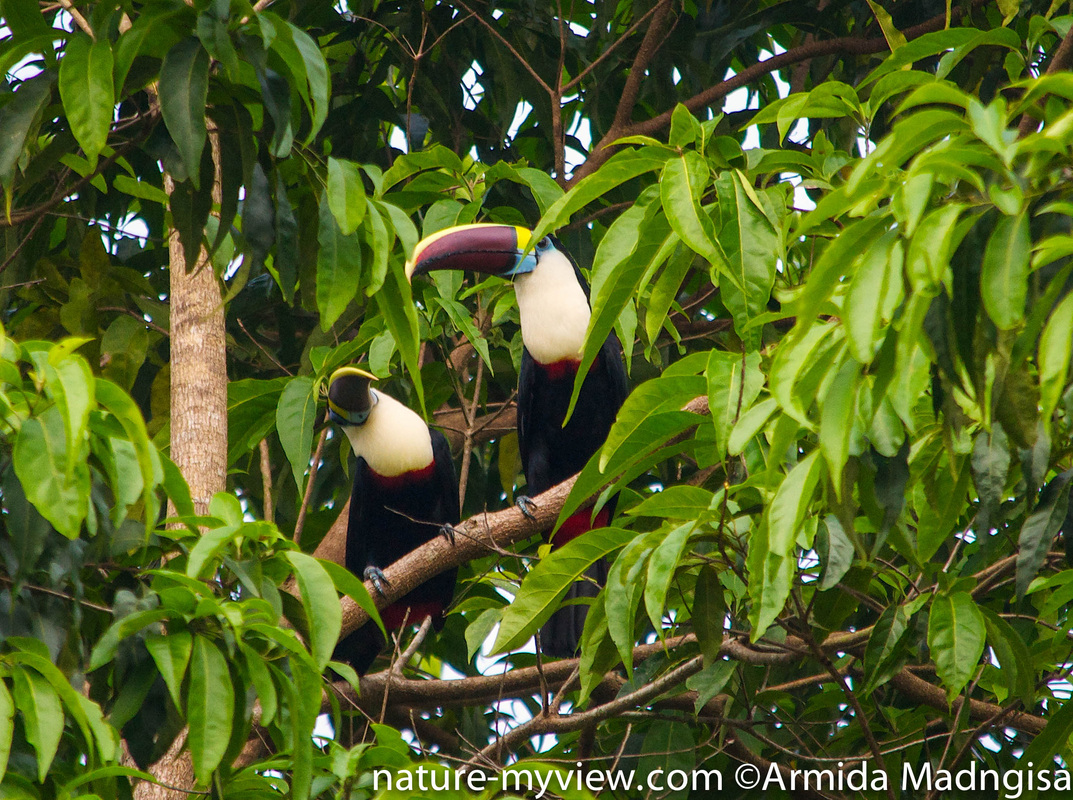
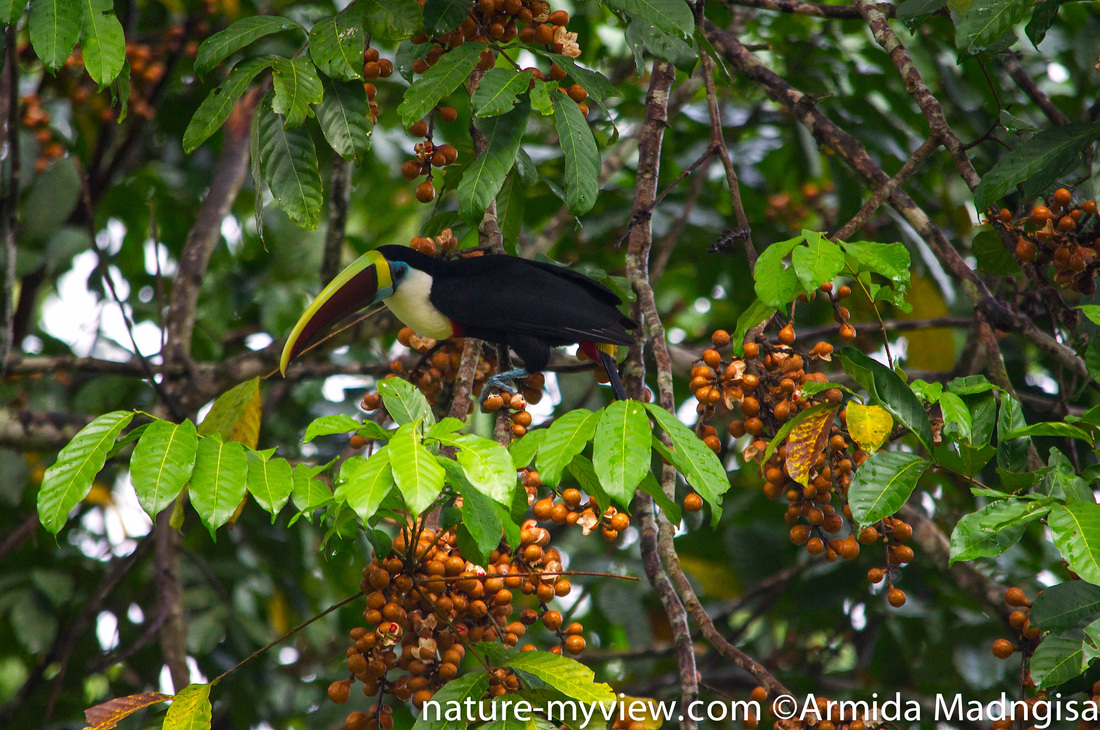
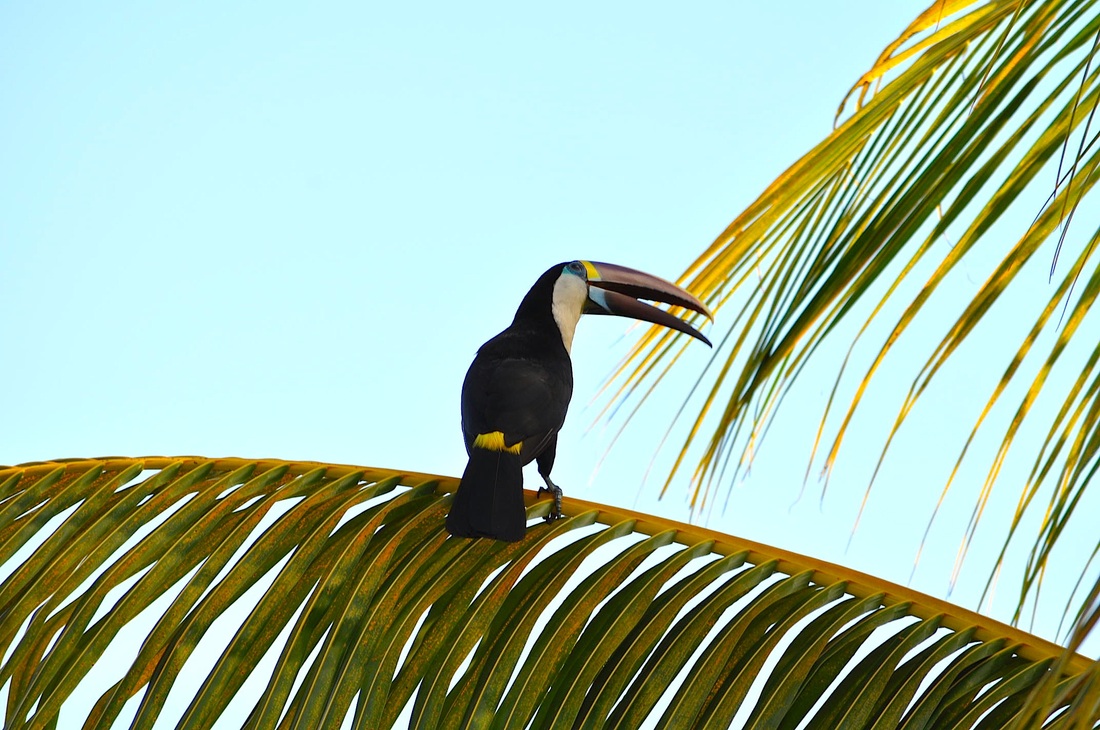
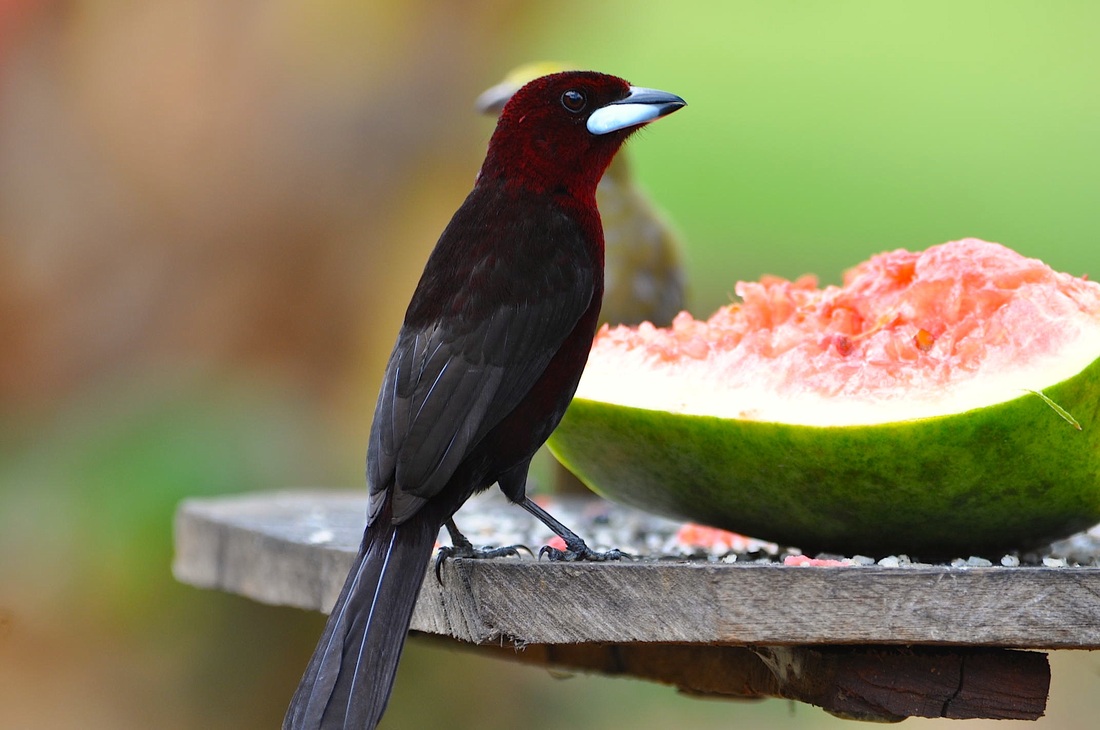
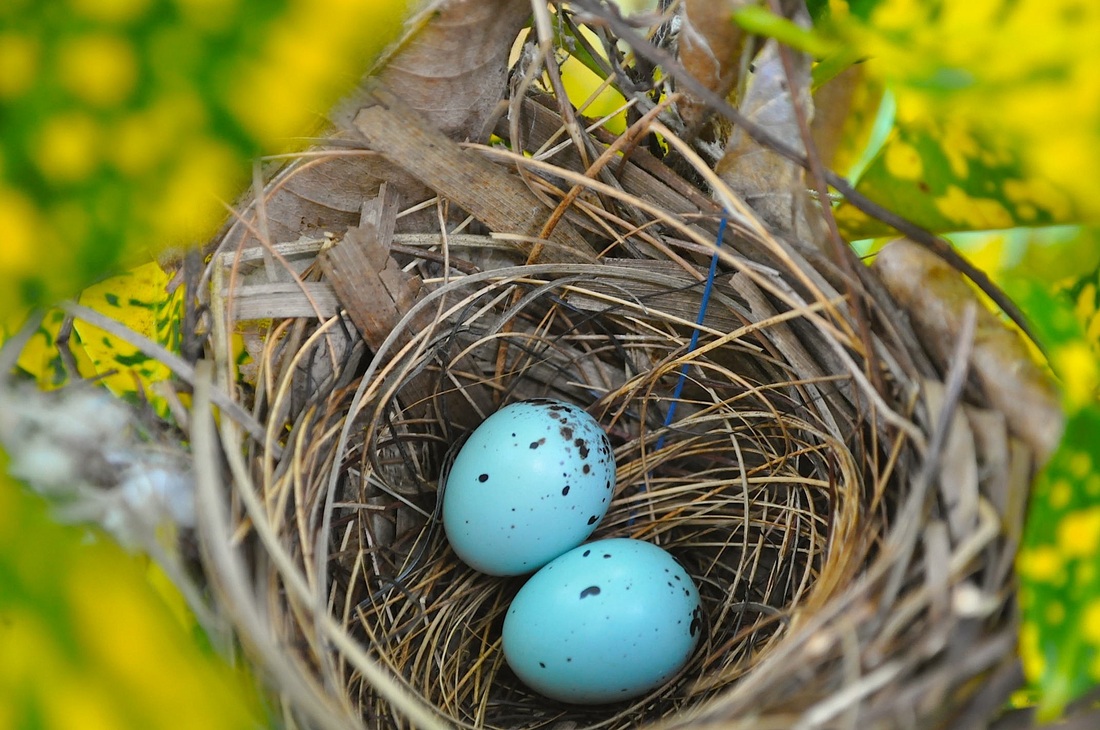

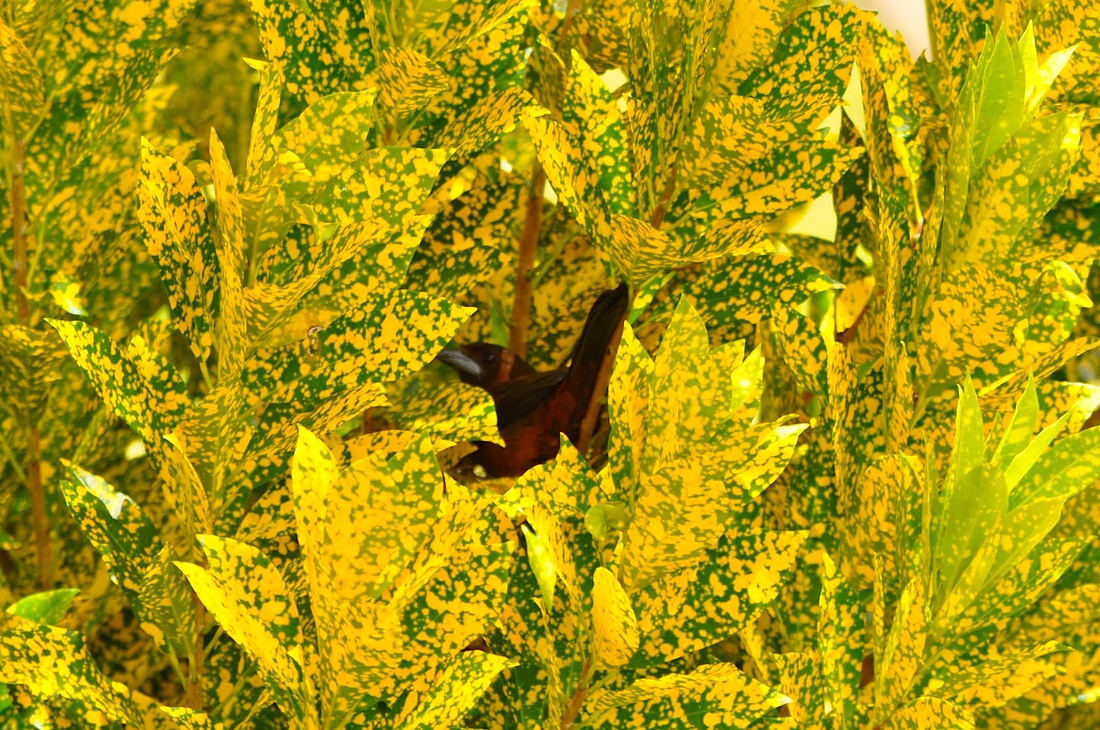
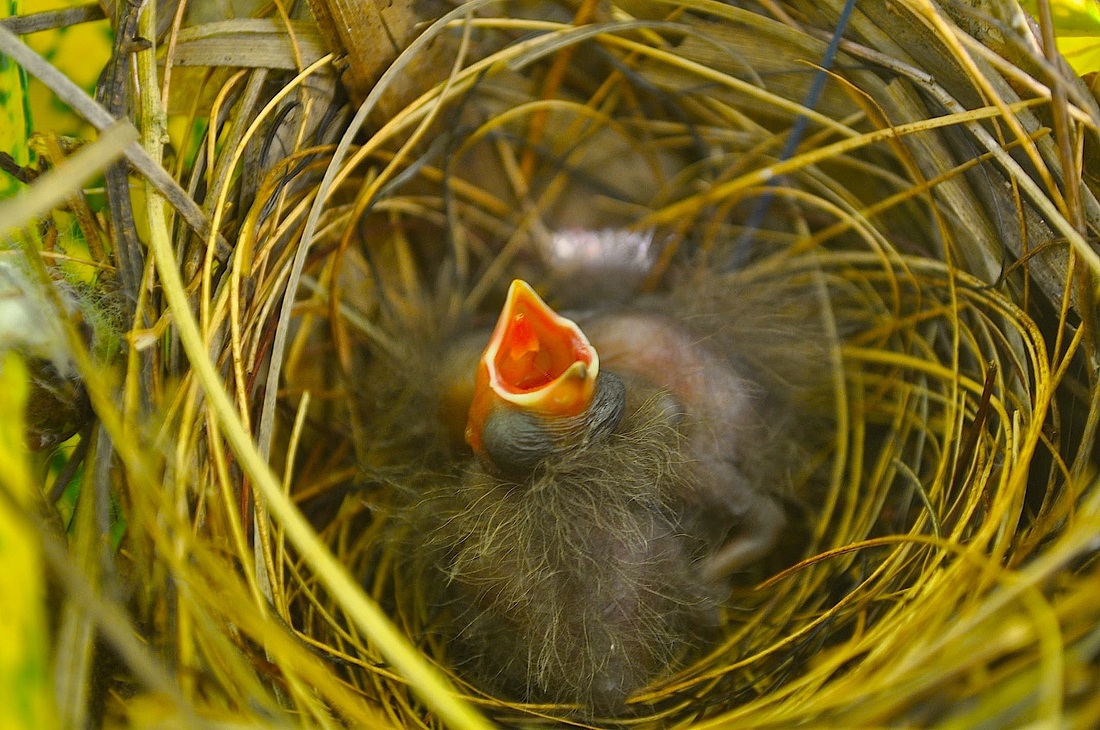
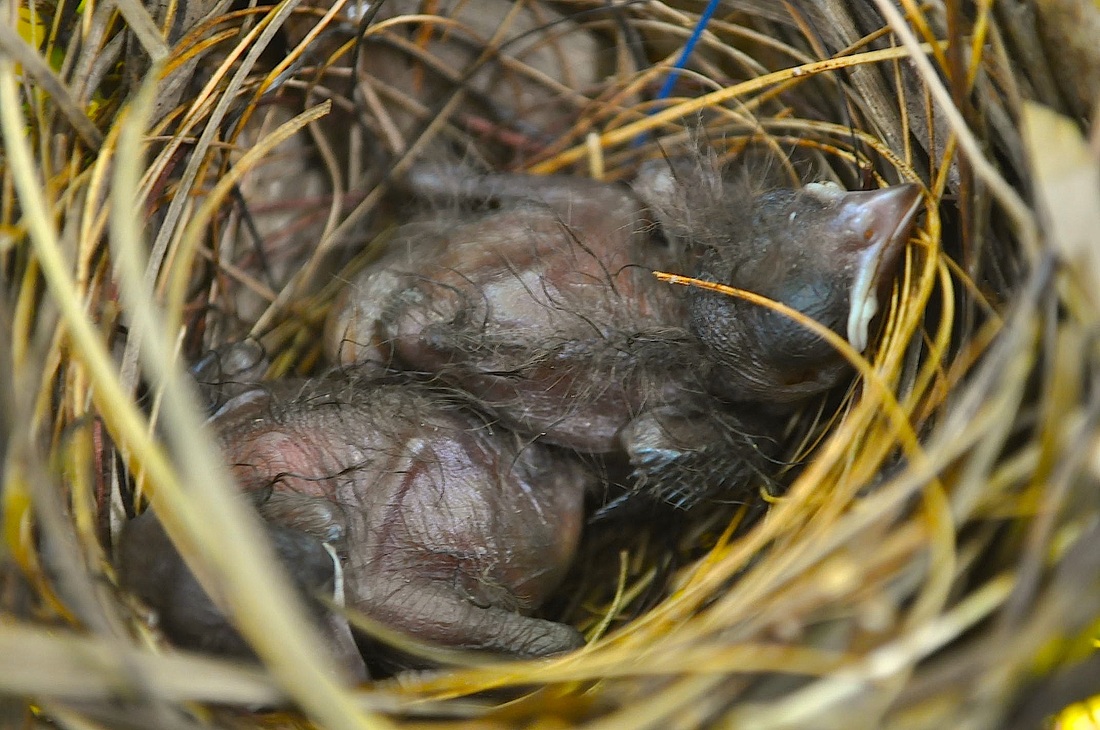
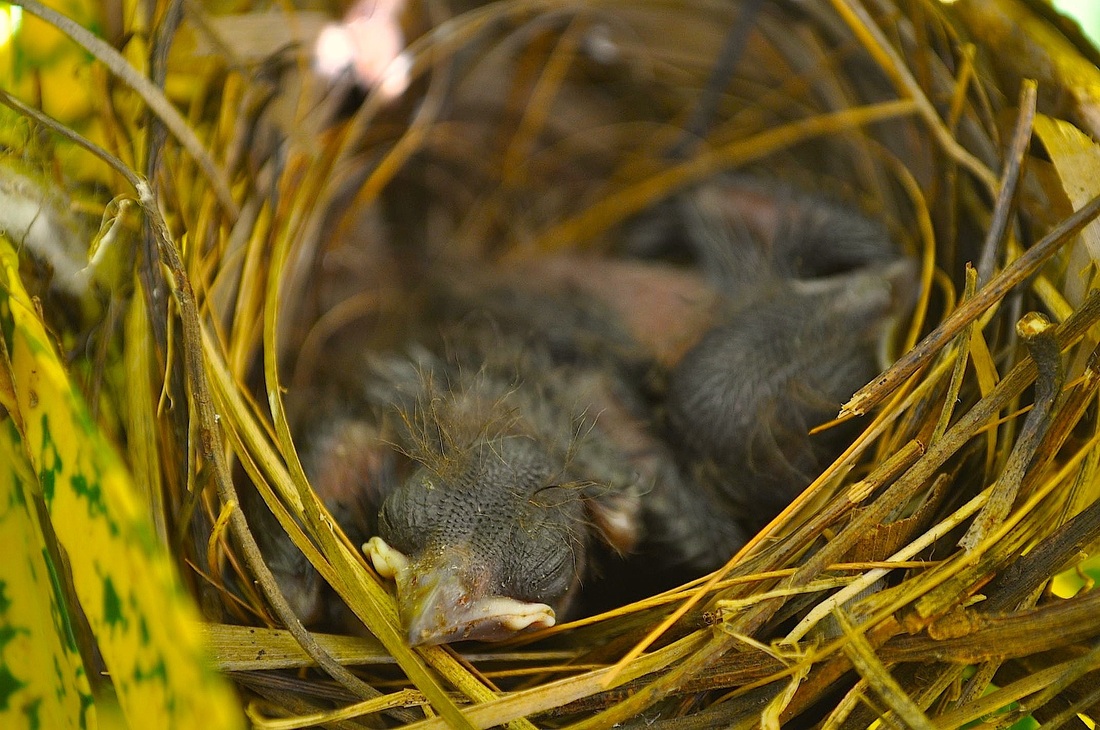
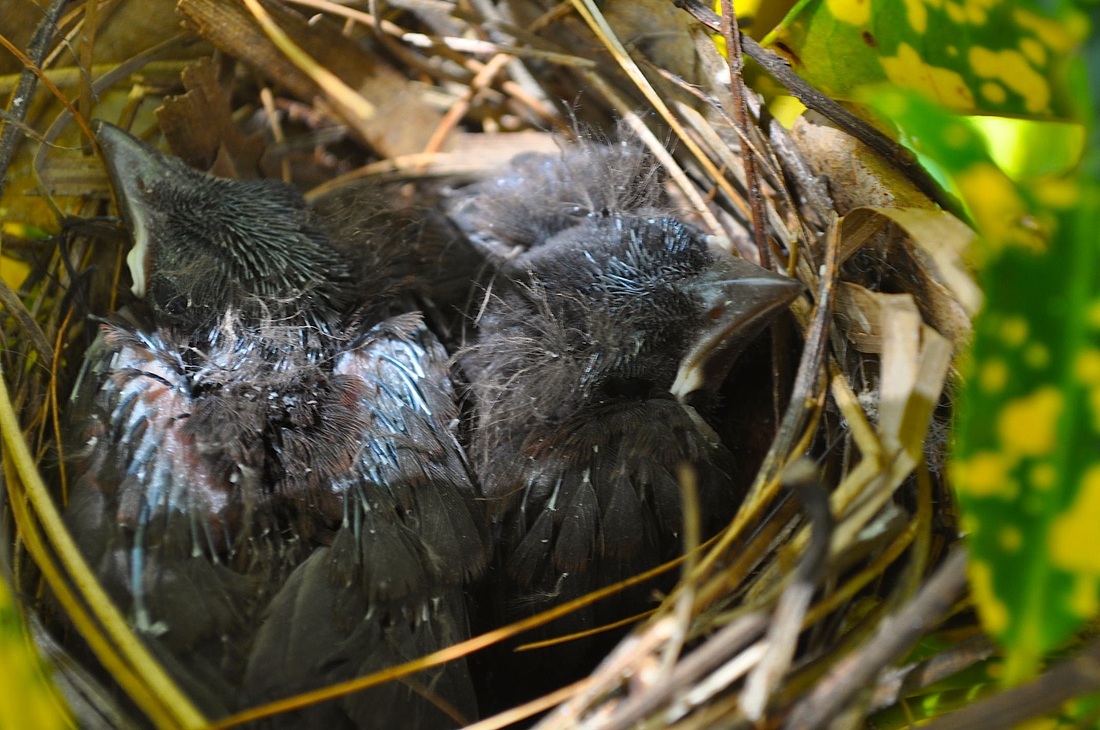
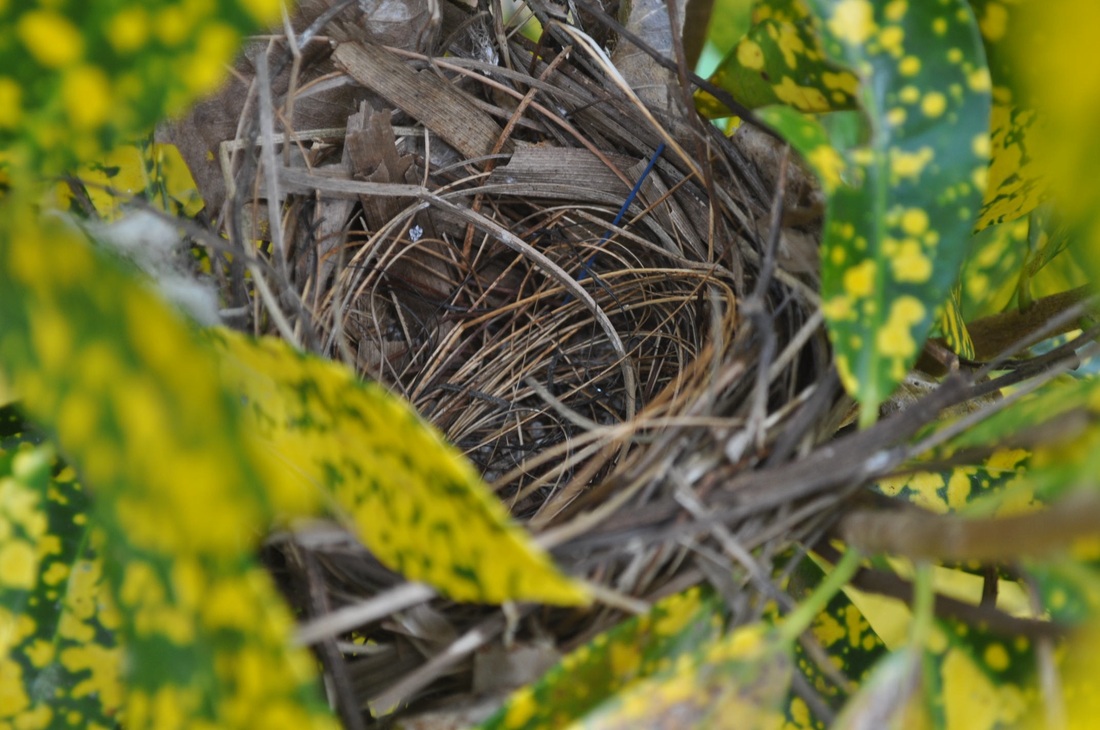
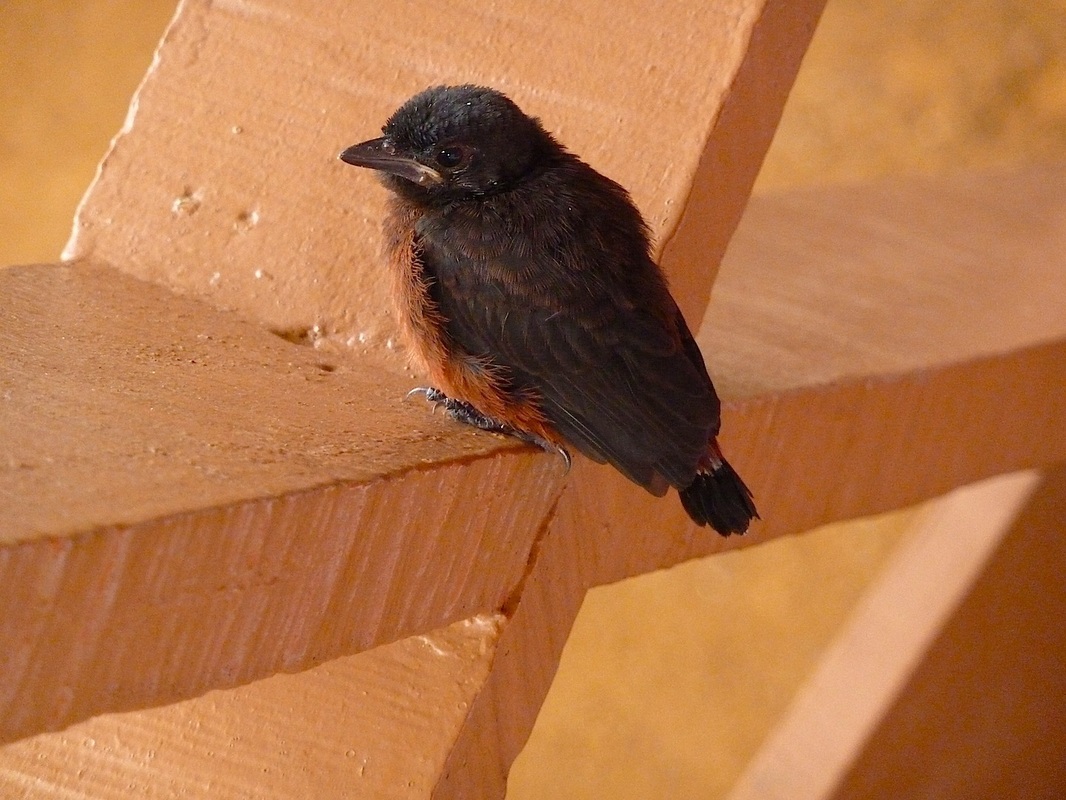
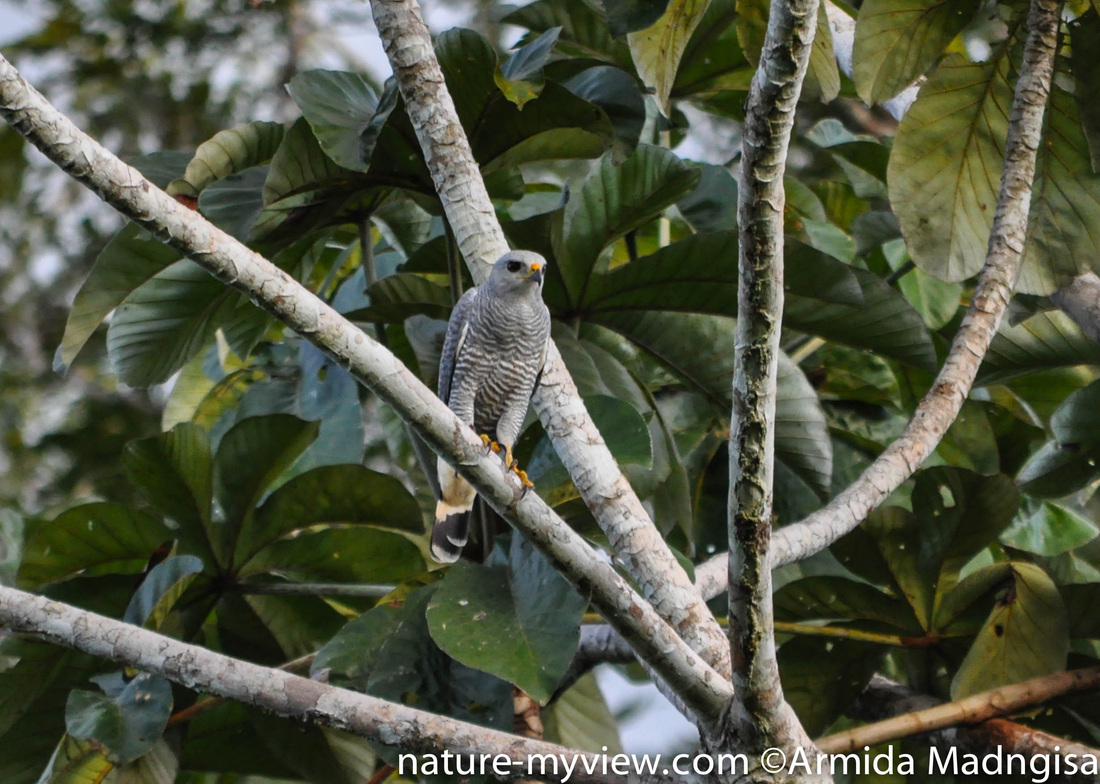
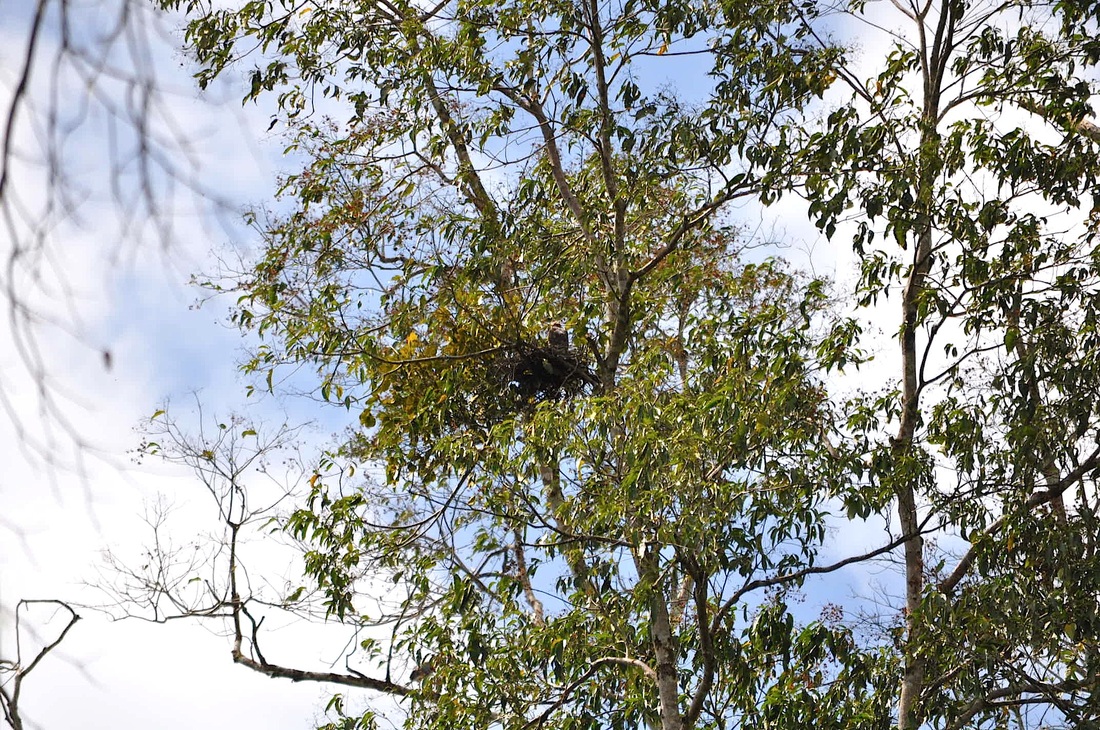
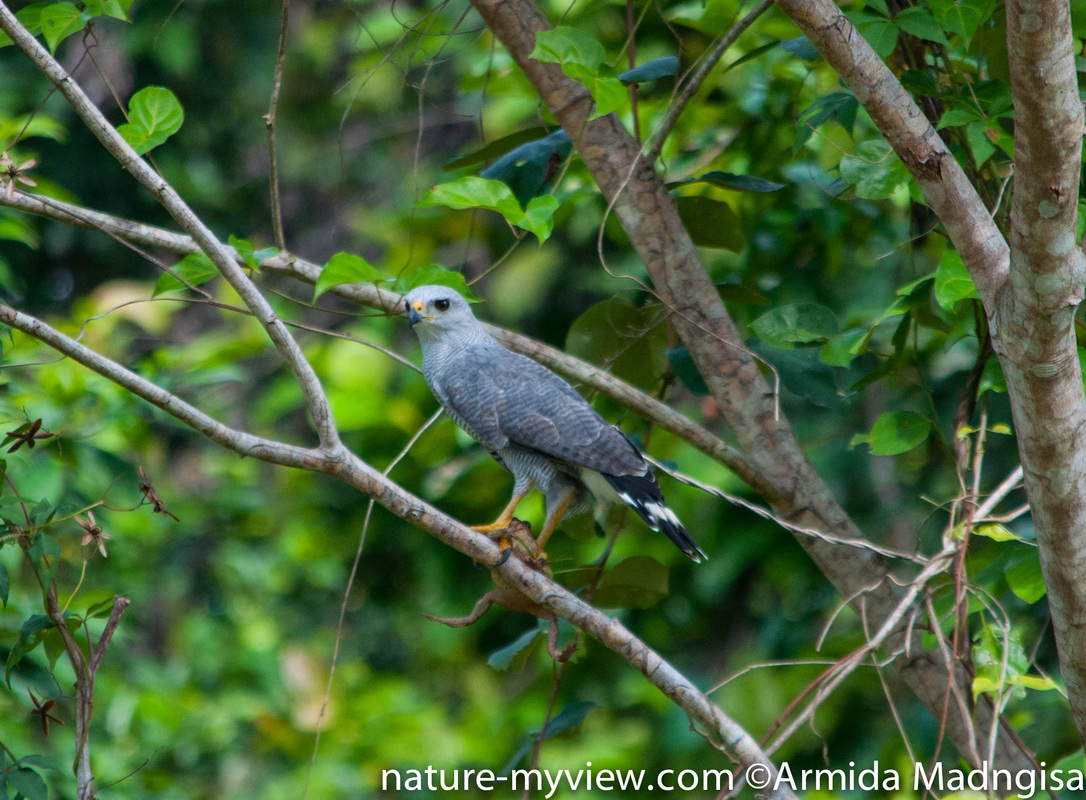
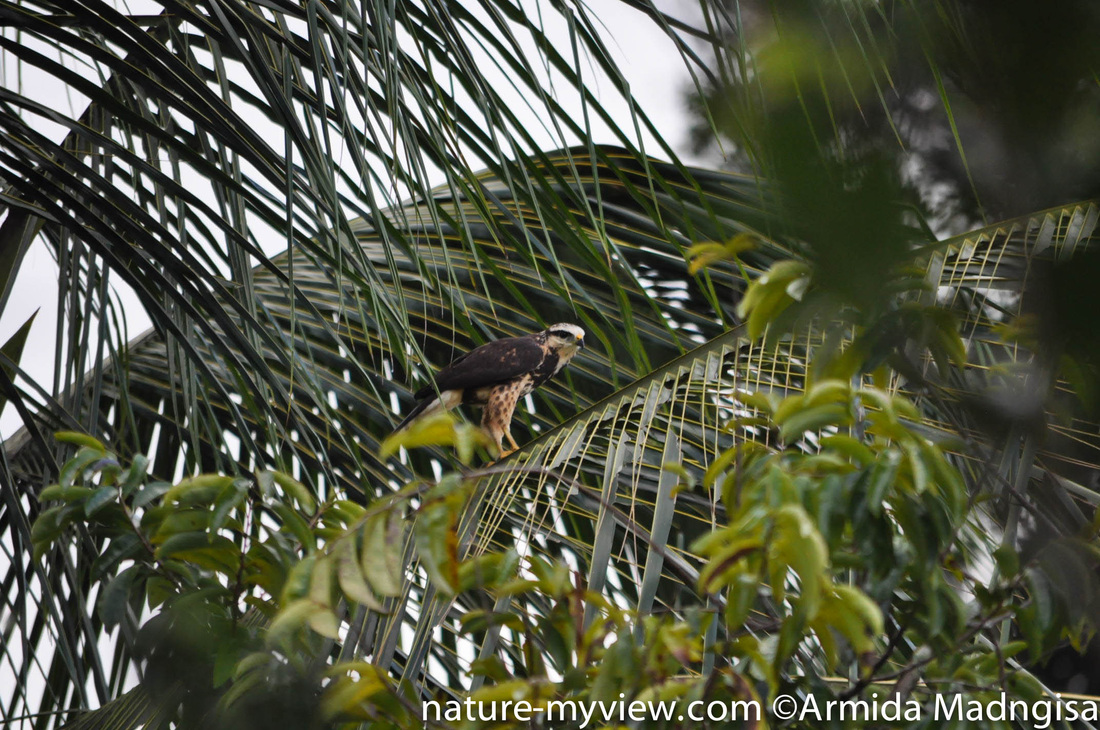
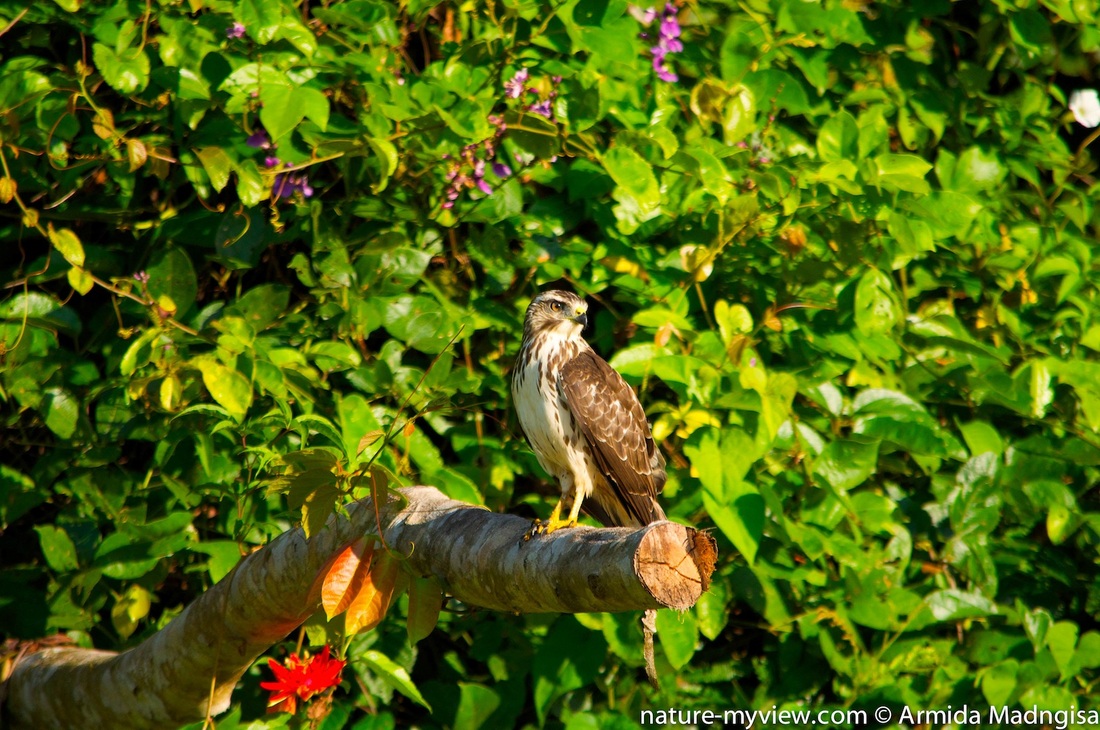
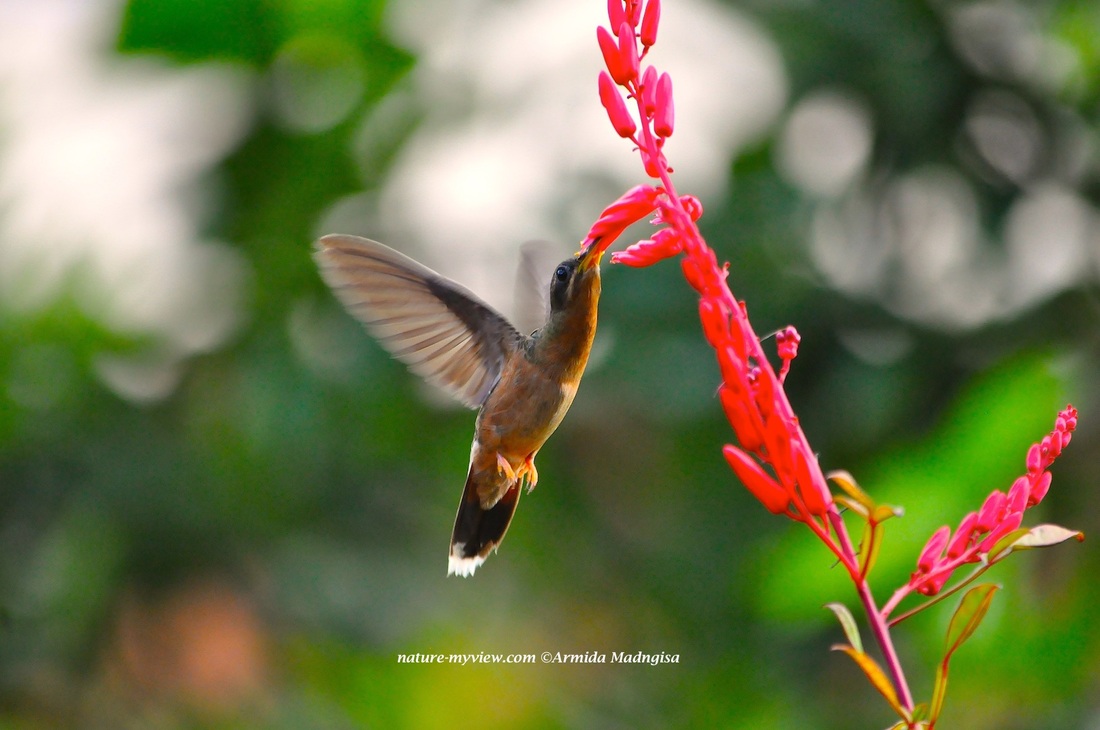
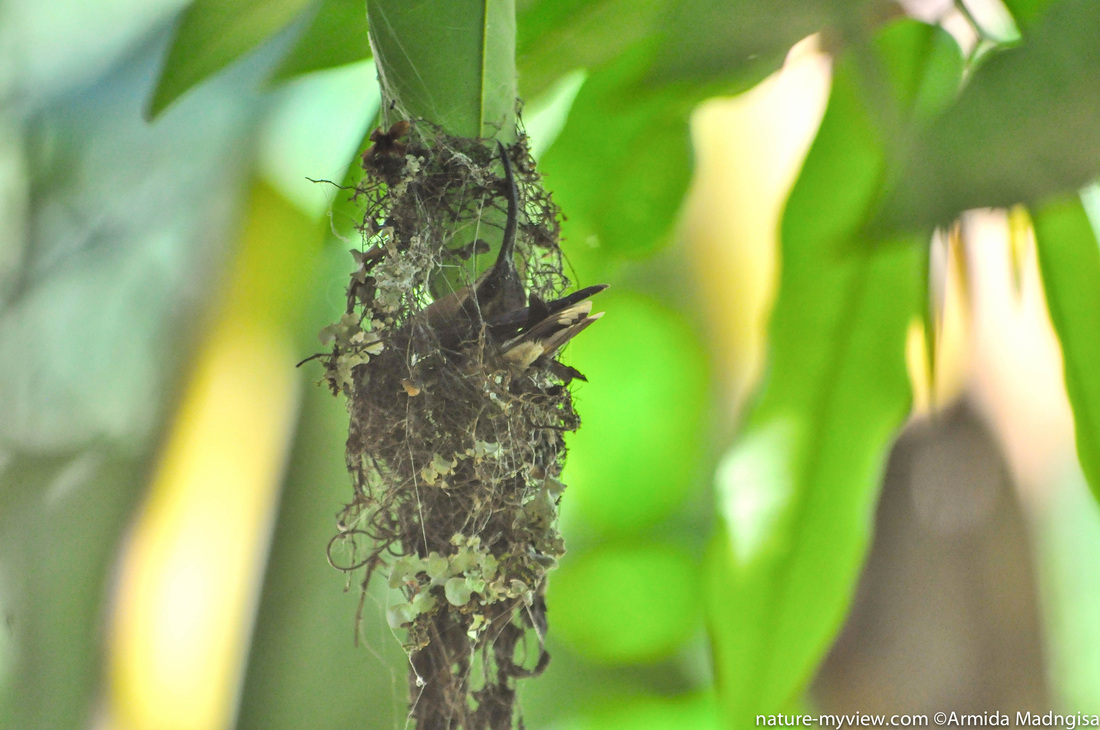
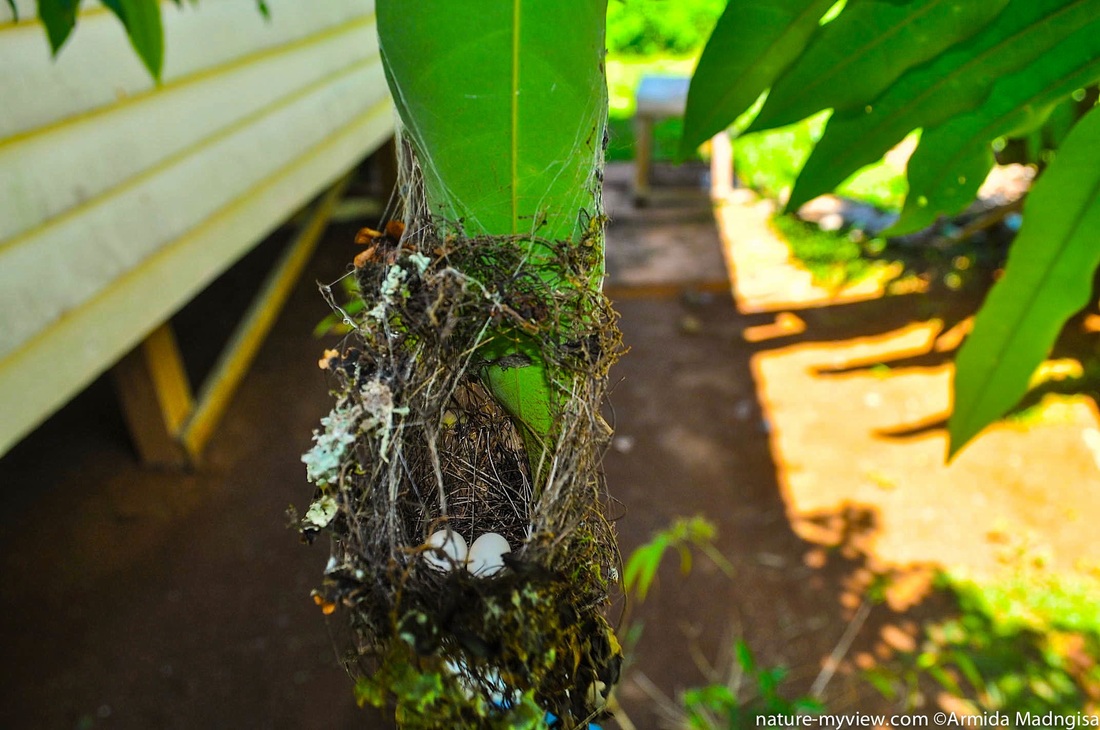
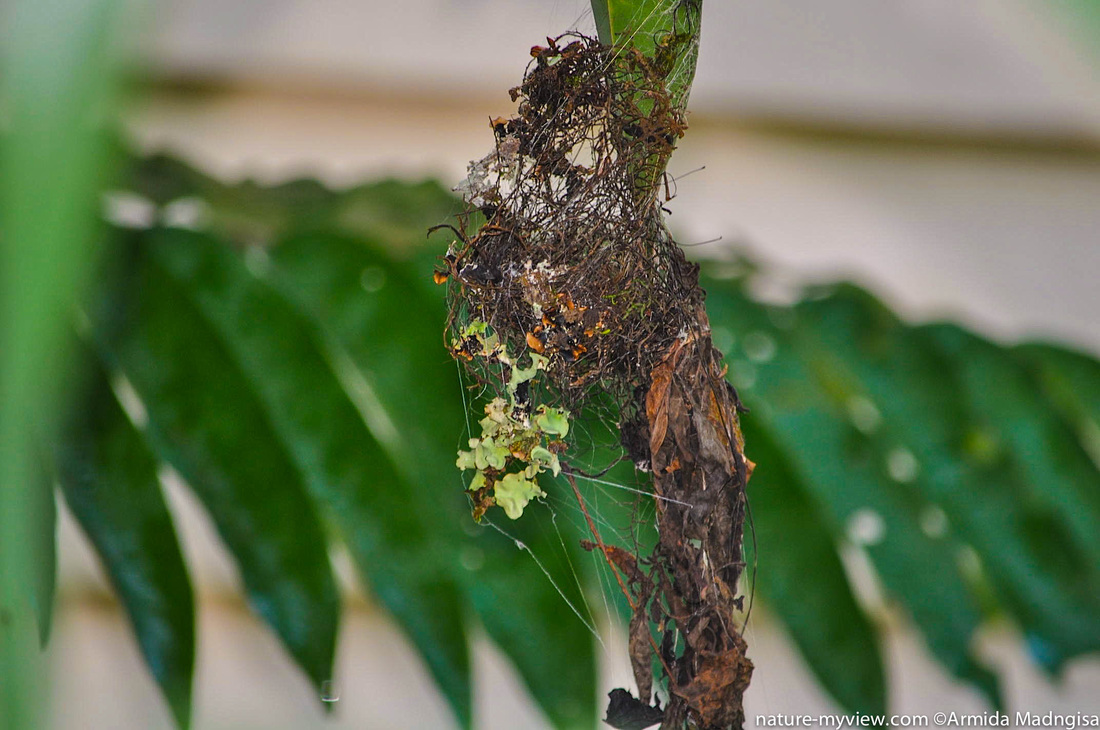
 RSS Feed
RSS Feed